Construction projects require a variety of equipment to get the job done, and compact equipment is quickly becoming a popular choice among contractors. Compact equipment is specialized machinery that is designed to be easily transported and used in small spaces, making it perfect for a wide variety of construction tasks, including shipping cars across country. In this article, we'll explore what compact equipment is, the various types available, and how it can benefit your construction projects.
Compact Equipment
is a type of construction machinery that is smaller and lighter than traditional construction equipment. It is designed to be more maneuverable and efficient, making it a great choice for many construction projects.Compact equipment typically comes in the form of skid steers, mini excavators, and small-scale wheel loaders. These machines are designed to be able to perform a variety of tasks with ease, from digging trenches and hauling materials to grading and mowing. When compared to traditional construction equipment, compact equipment is generally smaller and lighter. This allows it to be more maneuverable in tight spaces and on uneven terrain. It also has the ability to move at higher speeds than other types of construction machinery, making it more efficient.
Additionally, due to its smaller size, it requires less fuel and generates less exhaust. There are a variety of different types of compact equipment available. Skid steers are one of the most popular types, as they are versatile and can be used for a range of tasks. Mini excavators are also popular, as they are able to dig trenches and haul materials with ease. Small-scale wheel loaders are great for hauling materials and grading surfaces.
There are also compact dozers, which are ideal for leveling surfaces. Compact equipment offers a range of benefits for construction projects. The most obvious benefit is increased efficiency. By being able to move at higher speeds and maneuver in tight spaces, compact equipment can complete tasks faster than traditional construction equipment. This can help to reduce labor costs and complete projects faster.
Additionally, due to its smaller size and weight, it requires less fuel and generates less exhaust, leading to cost savings. Safety is also improved when using compact equipment. Due to its smaller size, it is easier to maneuver in tight spaces and on uneven terrain. This reduces the risk of injury and accidents due to its improved maneuverability. Additionally, due to its higher speed capabilities, the risk of operator fatigue is reduced as tasks can be completed quicker. Compact equipment has been used in various construction projects around the world.
Skid steers have been used to dig trenches, haul materials, and grade surfaces. Mini excavators have been used for digging foundations, hauling materials, and digging trenches. Small-scale wheel loaders have been used for loading materials onto trucks and hauling them away. Compact dozers have been used for leveling surfaces. Compact equipment is becoming increasingly popular in the construction industry due to its increased efficiency, cost savings, improved safety, and versatility.
Its smaller size makes it easier to maneuver in tight spaces and on uneven terrain while still providing power and speed capabilities. Its versatility allows it to be used for a variety of tasks with ease. All these factors make compact equipment an ideal choice for many construction projects.
What Is Compact Equipment?
Compact equipment is a type of construction machinery that is smaller and lighter than traditional construction machinery. While traditional construction machinery is designed to handle large-scale jobs, compact equipment is designed for smaller-scale projects.It can provide a number of advantages for construction projects, such as increased efficiency, cost savings, and improved safety. Compact equipment is typically defined by its size and weight. For example, some types of compact machinery have a maximum weight of up to 6,000 pounds. Additionally, the maximum width of most compact equipment is usually around 6 feet. This makes them easy to maneuver in tight spaces. Compact machinery also tends to have fewer moving parts than traditional construction machinery, which helps reduce maintenance costs.
Additionally, compact equipment often has more advanced features, such as GPS and remote control capabilities. Compact equipment is used in a variety of construction projects, including residential and commercial developments. It can also be used for landscaping, roadwork, and excavation projects. The range of uses for compact equipment makes it an ideal choice for many types of construction projects.
Types of Compact Equipment
Compact equipment comes in a variety of types, each with its own specific uses and advantages. Some of the most popular types of compact equipment include mini excavators, skid-steer loaders, and compact wheel loaders.Mini ExcavatorsMini excavators are smaller versions of full-size excavators, typically ranging from 1 to 8 tons in weight. They are ideal for tight spaces and small jobs that don’t require the power of a larger excavator. Mini excavators are perfect for digging trenches, removing debris, and other light excavation tasks.
Skid-Steer Loaders
Skid-steer loaders are often used in a variety of construction projects, from landscaping to road construction.These machines feature a unique design that allows them to maneuver easily in tight spaces. Skid-steer loaders can be used for various tasks such as grading, loading, and lifting heavy materials.
Compact Wheel Loaders
Compact wheel loaders are smaller versions of traditional wheel loaders. They are ideal for use in confined spaces where larger wheel loaders cannot fit.Compact wheel loaders can be used for a variety of tasks such as digging, loading, and hauling material.
Benefits of Using Compact Equipment
Using compact equipment can provide a range of benefits for construction projects, such as increased efficiency, cost savings, improved safety, and more. Compact equipment is smaller and lighter than traditional construction machinery, making it easier to transport and maneuver on the job site. Additionally, compact equipment requires less fuel to operate, so there are fewer environmental impacts associated with its use.The increased efficiency of compact equipment comes from its ability to maneuver in tight spaces and its mobility when working in remote locations. This type of construction machinery is also designed for high performance and greater productivity. This means that projects can be completed faster and with fewer resources. Compact equipment is also more cost-effective than traditional construction machinery.
Not only does it require less fuel to operate, but it also requires fewer personnel to operate it, so labor costs are reduced. Additionally, compact equipment is easier to maintain and repair due to its smaller size and simpler design. Finally, compact equipment can help improve safety on the job site. Because it is smaller and lighter than traditional construction machinery, it is less likely to cause injury or damage in case of an accident.
Additionally, it is easier to maneuver around obstacles or in tight spaces, reducing the risk of accidents or worker fatigue. Compact equipment is an ideal choice for many construction projects due to its features, uses, and benefits. This type of equipment is smaller and lighter than conventional construction equipment, making it more efficient and cost-effective. Compact equipment can also provide improved safety for construction projects by reducing the risk of accidents. In conclusion, compact equipment is an ideal choice for many construction projects due to its features, uses, and benefits.
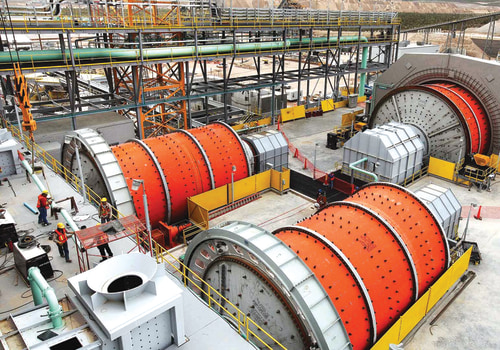
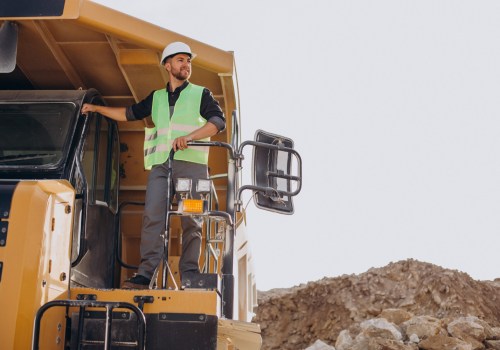

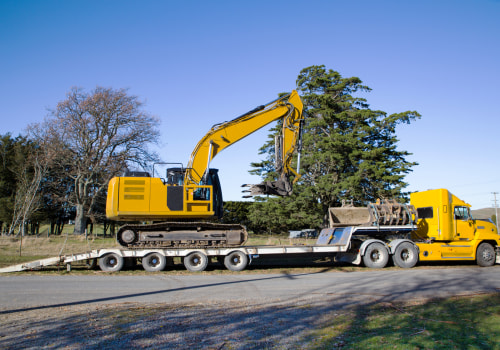

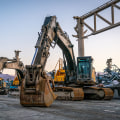
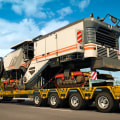

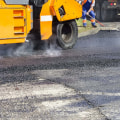


Leave Message